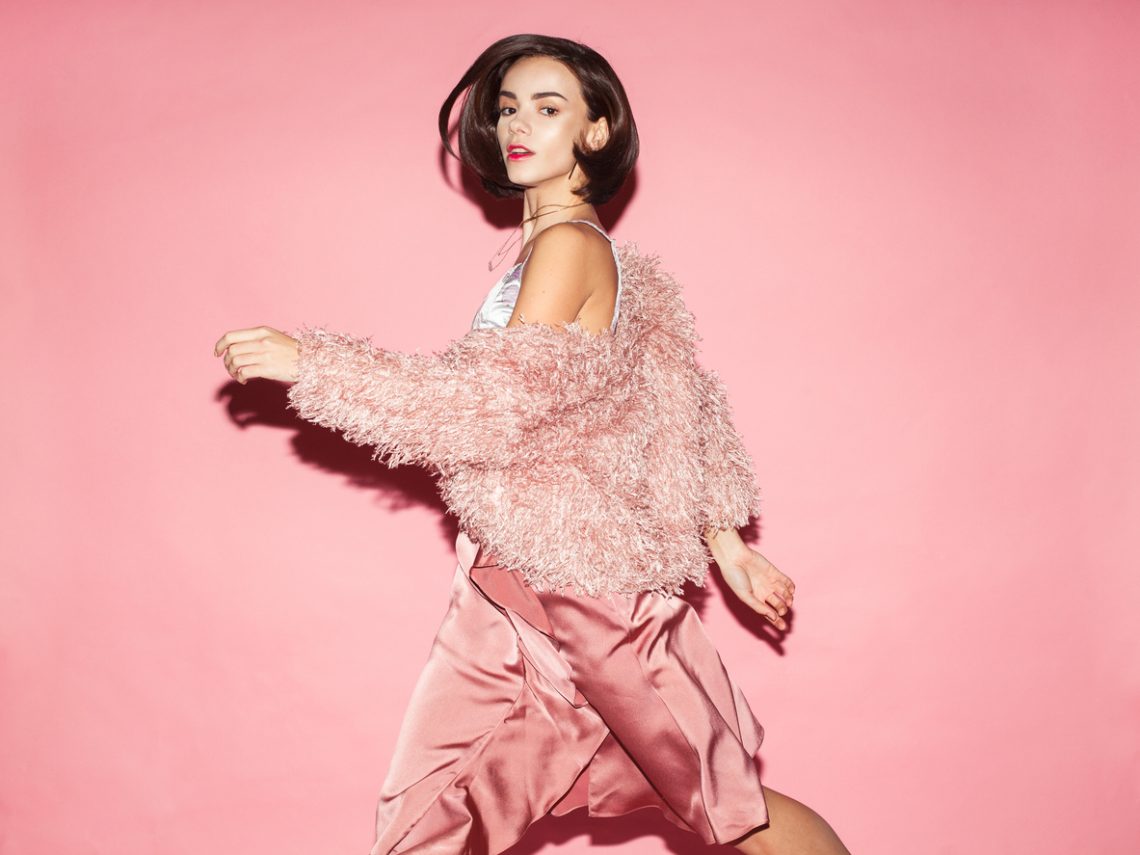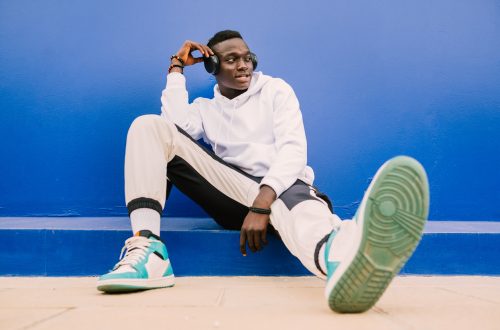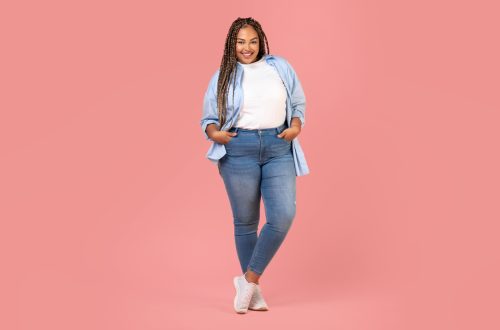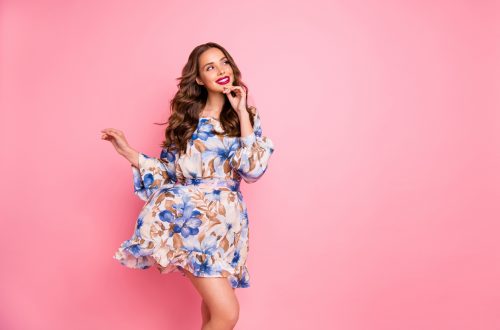Fashion is evolving with more individuals seeking alternatives to materials that are animal derived. By 2025, vegan fashion is no longer in the niche, and new vegan and sustainable materials are getting the interest of eco-conscious customers all over the world. Mushroom leather to pineapple fibres, these materials are transforming the meaning of looking good whilst doing good.
Fashionable Faux Leather.
Mushroom Leather (Mylo)
One of the new materials that have been one of the most popular in sustainability of fashion is mushroom leather sometimes referred to as Mylo. This material is based on mycelium- the root of mushrooms- it feels and wears like regular leather and is 100 percent cruelty-free. Mylo is being utilised in fashion collections by fashion houses and new brands, whether it is luxury handbags or quality footwear.
Mushroom leather is very attractive due to its minimal environmental impact. In comparison to the traditional leather production, which requires a lot of land and water to be exploited, mycelium can be cultivated in limited areas within weeks. The material is also biodegradable and therefore it helps address fashion wastes.
Pinatex: Innovation Pineapple Fibre.
Pinatex has been incorporated into the vegan materials movement, making agricultural waste into fashion. This material is made out of pineapple leaf fibres, a by-product of current pineapple harvests, which demonstrates how one can apply the principles of the circular economy into practise. Pinatex is not only sustainable, but the designers attribute to the material its texture and versatility.
The fabric is good with bags, shoes and accessories, it has a unique appearance that is different than the traditional leather and other substitutes. Pinatex production is also a source of additional revenue to farming communities and is thus socially and environmentally responsible.
Apple Leather: an Orchard to a Wardrobe.
Another smart application of farm waste is Apple leather. A by-product that is produced out of the pomace and peel residue after apple juice and cider production, this material is popular in the fashion industry. Its plush feeling texture is appropriate in wallets, belts, clothing and upholstery.
Apple leather is something that fashion brands are putting into use due to its ability to bring about sustainability, quality, and innovation. Its production process requires significantly less water and energy as opposed to the conventional tanning of leather, thus it is a truly eco-friendly option.
New Materials that are becoming more popular.
Bamboo Leather
Bamboo leather is increasingly becoming popular as designers find out what it is capable of. Bamboo is one of the most sustainable raw materials as it grows fast without the need of pesticides or too much water. Processed into leather-like product, bamboo is tough, breathable, and smooth-lined which is good in fashion accessories and footwear.
Cactus Leather
Cactus leather is a type of leather that is commonly produced using nopal cactus and has gained popularity with the eco-friendly fashion movement. This is also a products that are very water-efficient, the cacti require only a little watering to grow. The leather option is stretchy, breathable, and rather tough, which makes it an appropriate choice of good fashion pieces that will last.
Corn-Based Materials
The vegan fashion industry is incorporating corn based items. They are made of corn starch and other derivatives of corn so as to form leather-type textiles and even packaging solutions. Corn-based materials extend past clothing to accessories and sustainable packaging providing a brand with an eco-friendly solution across their supply chain.
The Reason These Materials are Trending.
The rise in the search of vegan materials indicates a veritable shift in the concerns of people. Modern consumers, especially Millennials and Gen Z, desire to see through, be sustainable, and have ethical manufacturing. They are delighted to spend on the works produced in new materials that are worthy of their values.
This trend is being driven by a number of things:
Environmental Consciousness: An increasing number of people are considering the topic of climate change and environmental devastation and this makes them doubt standard fashion materials. The production of animal products, such as the creation of leather, has severe effects on the environment that can be minimised by using vegan products.
Animal Welfare: Increasing numbers of people are declining to use products which inflict suffering on animals seeking alternatives that do not impinge on style or quality.
Interest in New Materials: The contemporary aspect of these materials appeals to people with a taste in fashion and who would like to be one of the first to use sustainable materials.
Quality and Durability: New vegan materials have addressed the initial issues, so they are now durable and attractive-looking, at least as much as traditional ones.
What People are Searching: What is in Demand.
The vegan fashion in 2025 that will be the most searched will be:
Vegan Leather Bags: Vegan leather bags are in demand in everyday totes and high-end handbags made of mushroom, cactus, and pineapple leather. The diversity of available textures and finishes makes people like the choices they have, as they can find the objects that suit their own aesthetics.
Sustainable Shoes: Vegan trainers, boots, dress shoes, and many more are one of the large categories of interest. Especially popular are brands that utilise novel materials such as apple leather or bamboo as these are comfortable and stylish without animal components.
Vegan Leather Jackets: The traditional leather jacket has been made with vegan leather, and it is a testament that style and ethics can get along. Mushroom leather jackets, especially, provide the appearance and experience of the conventional leather without its price to the environment.
Vegan Fashion Materials of the Future.
With the development of new technologies and the desire to have these products by more people, more new materials can be predicted. Other studies on lab-grown leather, seaweed-based textiles and other bio-fabrication will probably increase choice.
When applied to brands, implementing such materials is not only a question of satisfying the demands of people, but rather equipping their business ready to compete in a market that is becoming more sustainability-oriented. It is anticipated that the vegan fashion material market will continue to flourish, and this is the moment that the brands and shoppers should consider trying these alternatives.
Making the Switch
To those who want to venture into vegan fashion materials, it is important to search on brands that are centred on quality and transparency. Find businesses that tell you about their materials and the way that they do things in detail. Several eco-friendly fashion brands have lines with these new materials, and it is now more than ever to create a wardrobe that suits what you stand for.
You are either attracted to mushroom leather, the reason why Pinatex is sustainable, or you are more attracted to the versatility of cactus leather; it will be more convenient than ever to consider vegan fashion materials. With the increased availability and variety of these options, wearing cruelty-free and sustainable fashion is not only a more ethical option, but it is also increasingly a fashionable one.
The vegan movement is not just a fashion fad, but a redefinition of the way we make and wear clothes. Vegan fashion materials will eventually become the norm and not an exception as more brands start employing these alternatives as more and more brands go innovative.




